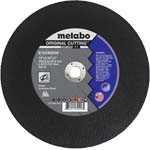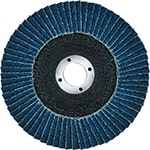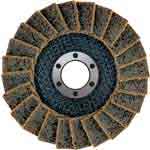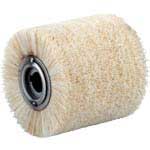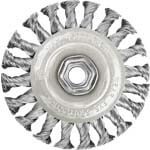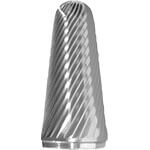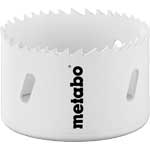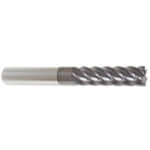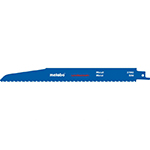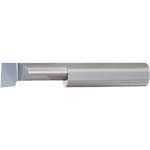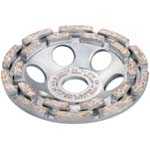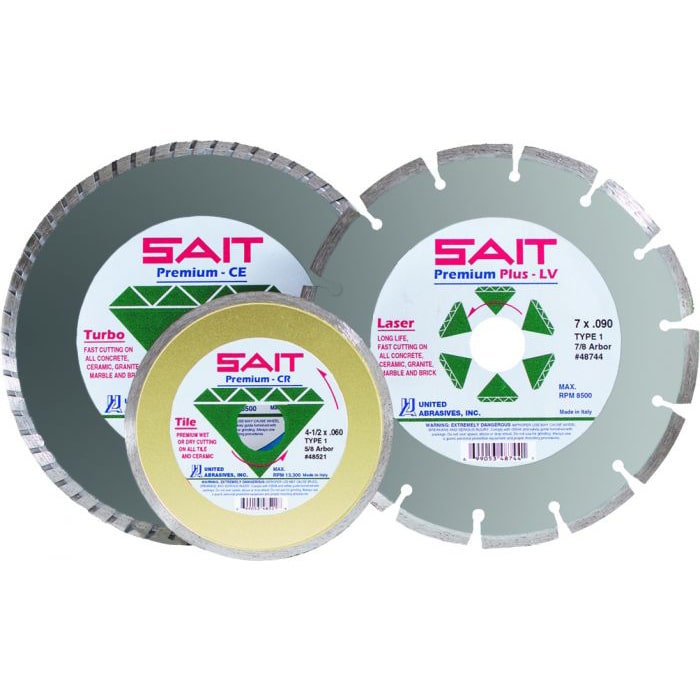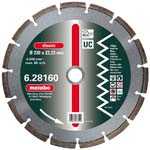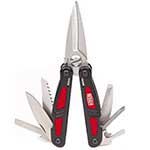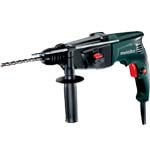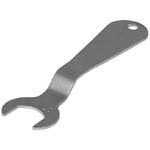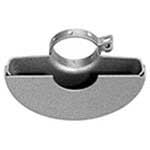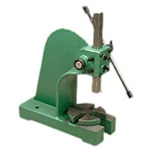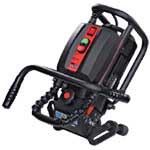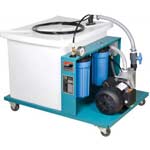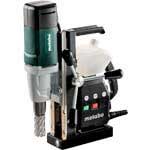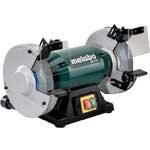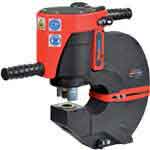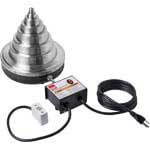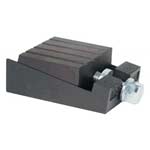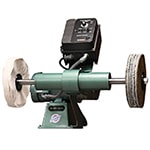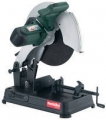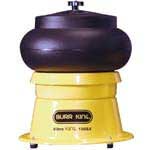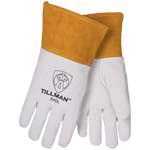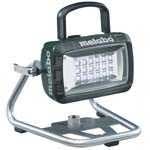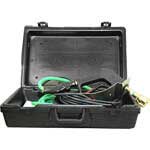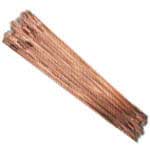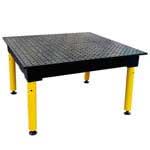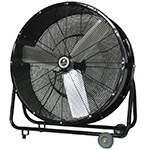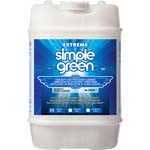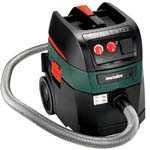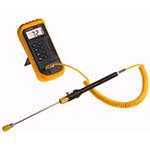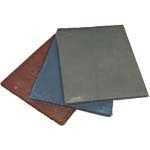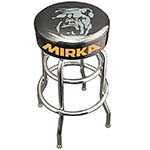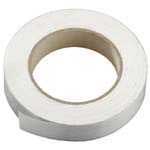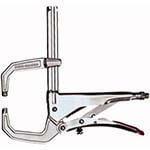HOW TO CHOOSE ABRASIVES
Choosing the proper abrasives for your application can be daunting because of all the options available on the market today. Here, we explain essential considerations to choosing the correct abrasive product. Whether you need an abrasive for a cutting, roughing, grinding, or finishing operation, there is an abrasive that can give you optimal results.
It is helpful to know how abrasives function during the grinding process. Two key components that make up grinding wheels are the abrasive grains that handle the particular cutting or grinding operation, and the bond that holds the grains together. During the grinding process, the grain becomes dull and the friction causes heat, which in turn melts the resin bond between the grain and the wheel. This causes fresh grains to be exposed. Softer abrasives are engineered to release grains faster, thus removing material quicker with less heat in the base material. Harder grains are released slower in the grinding process; therefore, they remove less material. Because of the grain being released slower, the friction against the base material increases, thus producing more heat. The softer the material that is being worked on, the easier it is to grind. This naturally causes less heat buildup due to less friction.
WORKPIECE
The first step in choosing the correct abrasive is to determine what the material and hardness of your work piece is. Not knowing this can cause damage to your application if the abrasive material you are using is not intended to be used on it. Once this is determined, you can then choose the appropriate grain/material of your grinding disc depending on your desired outcome.
ABRASIVE GRAINS
When considering which abrasive grain you should use, there are four common materials that have specific properties for strength, hardness, impact resistance and fracturing.
Ceramic Alumina is an extraordinarily hard grain and is employed primarily for precision. It works well with most materials due to its fracturing and self-sharpening abilities, which also result in a steady consistent finish. Ceramic fractures to create sharper edges than Aluminum Oxide or Zirconia Alumina, which permits you to grind quicker and longer, thus achieving a longer tool life. It runs cooler than other abrasive grains because of its added grinding aid. While dissipating heat, it keeps the disc cool, which prolongs the lifespan. On difficult-to-grind materials, ceramic grain should be the first choice as they are optimal for aggressive material removal. It is best used on hard to grind materials, steels, stainless steel, soft carbon steel, exotic materials, and other heat sensitive applications.
Zirconia Alumina is a step above Aluminum Oxide and is a mix of Aluminum Oxide and Zirconium Oxide. Zirconia Alumina wheels function differently in their fracturing process than Aluminum Oxide. The grain is not released by friction/heat but instead fractures to expose fresh edges that continuously cut. Removal rates are similar to a softer abrasive but also have a longer life like a harder grade material. This material is tough, durable, and excels in rough grinding and cut-off operations. There is less buildup of heat, therefore you'll achieve longer life for steel applications and when working with stainless steel.
Aluminum Oxide is the most common and one of the earliest abrasives utilized in grinding wheels. Over the years, it has been used in combination with other materials to produce new abrasives that are now available today. It is cost efficient and a good basic level grain for general purpose applications. Aluminum Oxide is generally used for grinding carbon steel, alloy steel, high speed steel, tempered malleable iron, wrought iron, bronzes, brass, copper, zinc, plastic and wood.
Silicon Carbide is used in low-pressure applications such as paint preparation. Silicon Carbide is a very fast cutting material that breaks down faster than Aluminum Oxide, leaving a fine finish. It is used for non-ferrous metals, masonry, composites, ti-alloys, steel, cast iron, brass, soft bronze, tungsten carbide, aluminum, plastic & rubber.


GRIT
The grit should also correspond to the workpiece and the outcome you are trying to achieve. When selecting the proper abrasive for your application you’ll need to take into account the grit. Larger grains should be used on softer materials and for aggressive stock removal, and a smaller grain should be used on harder materials as to avoid loading or clogging the grit. For quicker removal rates, use lower or coarser grits like 24-40. For better finishes, use higher grits like 120-180 (there are more variety in grit than this however).
SHAPE
The shape and type of the abrasive wheel is also something to consider in correspondence to the workpiece and depending on what type outcome you are trying to achieve (grinding, cutting, etc.) Some typical types and shapes of wheels are Type 27 (depressed center), Type 29 (Conical), Type 1 (flat), Type 11 (cup), and many others. One major influence on this decision is the shape of the work piece, or the shape of the space you need to get into. For example, for contoured surfaces often a Type 29 disc would work best. To create a bevel, a Type 27 or Type 11 would work well.
SIZE
Size of the wheel is always another factor because it should match the maximum RPM's of your particular grinder. Always consider the manufacturers guidelines for safety and to achieve optimal performance. The RPM of the grinder should never surpass the wheels designated RPM. A wheel size that is not suggested by the manufacturer can create a serious safety hazard. In addition, it is extremely dangerous not to use a guard on the grinder that is properly installed. For maximum performance and safety, always match the wheel to your machine and application. If you have any uncertainties, don't hesitate to contact us or the grinders manufacturer.


















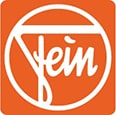






























 Chat
Chat
